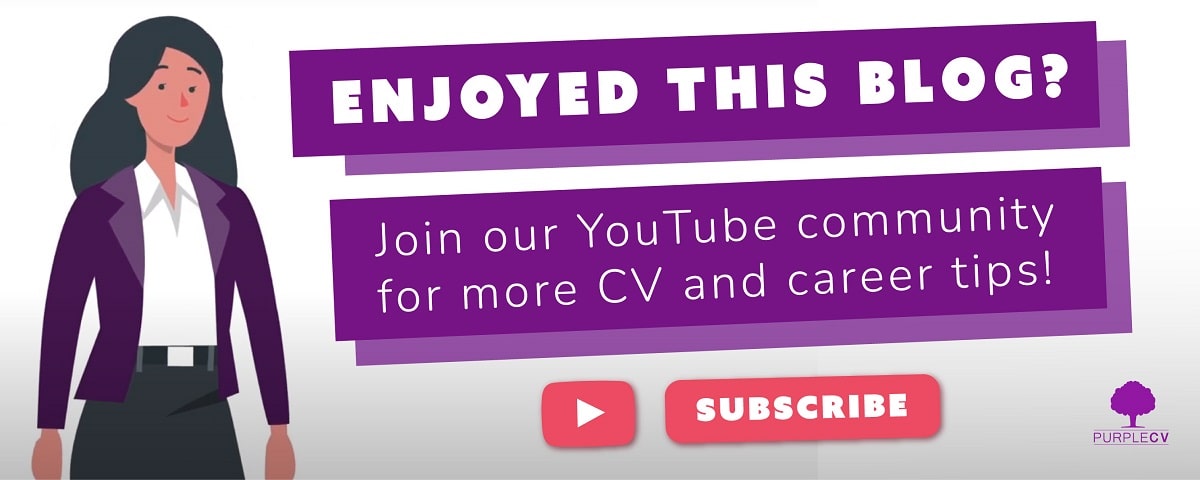If you’re not sure how to write a personal assistant CV, we’ll run through what you need to know in this guide.
Careers as personal assistants can be very rewarding, particularly once you have built up several years of experience working for different companies – or perhaps, celebrities!
According to specialist personal assistant recruitment agencies you could earn up to £70k per year, or even £135k pa for some private individuals.
Personal assistants often streamline daily tasks, schedules and communications for senior executives, improving their productivity and efficiency. But usually, there’s much more to it than that.
One day their primary focus could be managing calendars, arranging meetings and handling messages. Another time, they’re conducting research, making travel arrangements and just generally adapting to shifting priorities in a professional or even personal capacity.
The role and responsibilities of a personal assistant can be broad and varied, great for those looking to enjoy wide-ranging career experiences and build up a diverse skill set. In this blog we’ll explore how to write a great personal assistant CV.
The basics
First of all, there are several different types of CV, so you need to decide which one is right for you.
The reverse-chronological CV is the most common format, but a skills based CV also works well. Either way, avoid any complicated formatting and use a clear layout.
If using a master CV, make copies and tailor each one to the job description for the specific role you’re applying for. When starting from scratch, here’s our comprehensive guide to writing a CV.
And if you need some examples of outstanding CV headlines or how to write the perfect CV ending, look at these guides too.
Make sure you set aside enough time to check a CV for any mistakes thoroughly before sending. Personal assistants need to demonstrate a strong attention to detail, suggesting nothing will fall through the cracks on their watch.
Personal assistant CV skills
Including a skills section on your CV is one way to show employers you have what it takes.
Alternatively, if you prefer, work your hard and soft skills into your personal statement or employment history section. Some of your skills will be more useful for a particular role than others, so think about which ones are most relevant and prioritise these.
A personal assistant CV often mentions some of these skills:
- Budget management
- Problem-solving
- Diary management
- Interpersonal skills
- Event management
- Travel coordination
- Database management
- Research
- Customer service
- Accurate data entry
- Call screening
- IT skills
Don’t claim you have skills that you haven’t learnt yet – you will be caught out eventually and it is illegal to lie on your CV.
In most cases, it helps to provide evidence of your skills and achievements.
Prove your claims
As a personal assistant, how have you contributed to a senior individual or employer’s success?
Sometimes it’s tricky to find facts or figures to back up your achievements as a personal assistant, but do your best. Otherwise, they can sound too generalised and employers may find it difficult to tell how you stand out compared to other applicants.
Always include any relevant financial examples, such as an efficient use of a budget. Also mention if you’ve managed other staff before.
These achievements will stand out more in context. To explain your best facts and figures, use the STAR method – make sure you’ve covered the situation, task, action and result.
If you want to give a long or complex STAR example and don’t have enough space on your CV, add it to your cover letter. Even if a prospective employer doesn’t ask for one, providing a cover letter can make you stand out by converting more of your personality and passion for the opportunity than a CV can.
Here’s a personal assistant CV example to help you get started:
Personal assistant CV example
Tom Zollo
[Address] – [Phone number] – [Email address]
Personal Statement
Use a few lines to promote who you are, what you can offer and your career aims, showing how you stand out and what makes you unique. Be concise and personalise it – for example:
Results-focused personal assistant with 10 years’ experience. Proven track record of saving time for C-suite stakeholders and prioritising their revenue or profitability goals…
Key Skills
If your skill section looks strong, include it here – otherwise, put it after your work history section. Relate your skillset to the job description and use bullet points – for example:
- Budget management
- Reporting to C-suite stakeholders
- Handling time-sensitive work
- Event management
- Secretarial skills
- Fluent in French
Work History
List your previous roles and companies, in reverse chronological order, starting with your current or most recent position – also include the dates. Then, add bullet points to describe your most relevant achievements and responsibilities – for example:
[Role, company] [Dates]
- Managed up to 250 emails and screened up to 80 calls per day for the managing director
- Also responsible for diary management, database management and reception duties
- Helped organise the company’s September summit 10 years in a row, co-managing an annual budget of £5,000
- Improved the profitability of company summits by 25% during this time by identifying cost savings on suppliers, travel and accommodation
Qualifications and Education
Start by listing any relevant qualifications, then your education details:
- [Qualification(s) / certification(s) obtained] [Dates]
- [University name, degree subject, grade] [Dates]
- [School name, A-Levels, grades] [Dates]
- [School name, GCSEs, grades] [Dates]
Interests
This section is optional if you’re short of space. Any interests you include should ideally strengthen your overall application in some way.
References available on request
Summary: How to write a personal assistant CV
Start with the basics on a personal assistant CV – your career history so far. Then include the right skills, tailored to the job description and giving some evidence of your achievements where possible.
Spend lots of time on your personal statement. Make sure you have a strong opening to hold potential employers’ attention – otherwise, they may not read the rest of your CV.
And if you need some support, we offer a CV writing service for job searchers with any level of experience – please contact us for more details.


